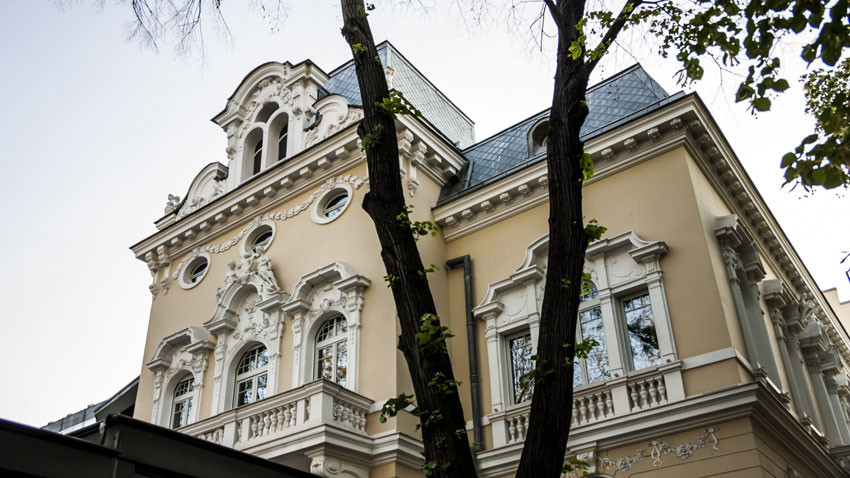Last year Bulgaria marked a series of important anniversaries connected with the establishment of diplomatic relations with some of the biggest and most powerful European countries. To mark 140 years of diplomatic cooperation with Great Britain, France, Germany, Italy, Austria and Russia, a host of discussions, exhibitions, public events took place connected with the history and the future of these long-standing and fruitful relations. That is why today we have chosen to take a look at the history of the buildings housing embassies and residences of foreign diplomats in this country.
Having been proclaimed capital of the newly liberated Principality of Bulgaria in 1879, Sofia began to grow, and as it grew more and more urbanized, it attracted the attention of many foreign architects who took part in the competitions for new administrative buildings launched by the then young Bulgarian state. They took part in the design of embassies, residences, homes for wealthy merchants.
“One of the first diplomats to have come to this country, in 1879, was Lord William Palgrave as representative of the British crown,” says Mariana Melnishka, author of two volumes dedicated to the architectural gems in the country. “To begin with he opened a consulate in Sofia. For the building he was offered a plot of land that was, at the time, on the outskirts of the city. A British architect was called in to design a typical Edwardian house. And as the climate in this country is different from the climate in Britain, the windows were made larger to let more light in. Construction work was completed around 1914, just before the outbreak of World War I. In that war Bulgaria was not on the side of Britain and the building remained under lock and key. When the war was over, the building became the residence for the British military representation, and later an embassy.
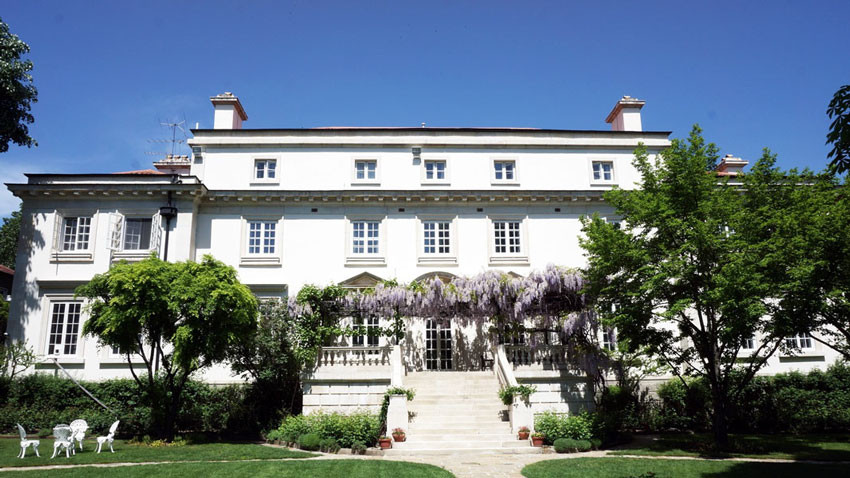
It was used less and less as a diplomatic mission as another house was taken for administrative functions, and the mansion-like building became the ambassador’s residence. British culture on its part made its way in Bulgaria over past decades thanks to the British Council. Another, no less impressive building was chosen for the British Council, belonging to a major tobacco trader called Doncho Palaveev – heir to a prominent figure from Koprivshtitsa from the period of national revival, who helped finance the April uprising in the country.”
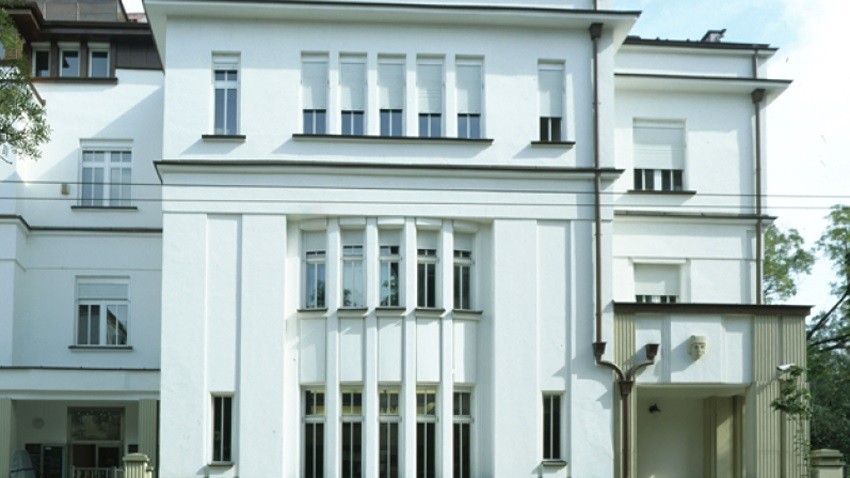
Other buildings that have shaped the face of Sofia are the embassies of Austria and Italy. The two architectural gems are located on one of the city’s main access routes – Tsar Osvoboditel Boulevard, and both have had interesting destinies:
“One of the very first diplomatic missions in this country is that of Austria-Hungary, from 1833. The choice of architect for the building fell on Peter Paul Brang from Austria. The style of the Austrian embassy he built was classical, as yet uninfluenced by secession. It so happened that some 30 years later, after World War I, Italy made demands on the vanquished Austria-Hungary. And, of course, the winner laid claim to the territory of the embassy of the former empire in Sofia.
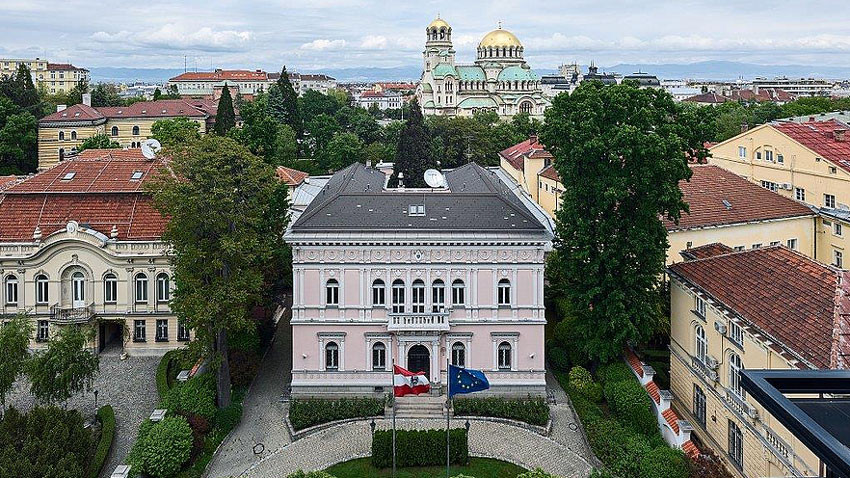
Which does not mean Italy did not have an embassy of its own, its building, designed by Enrico Bovio, was in the typical Venetian Neo-Renaissance style. What happened when the dispute between the two countries started was that instead of fighting they exchanged buildings.”
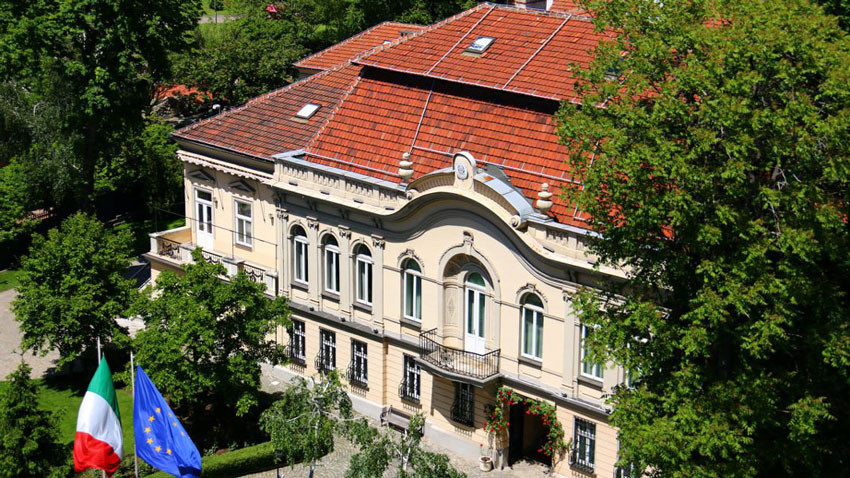
There are two buildings on the same boulevard – arguably the best-loved street in Sofia – that are very much alike, located diagonally on either side of the crossroads in front of Sofia University. And that is no coincidence – they were designed by the same architect, Friedrich Grünanger from Austria. One was constructed for Bulgarian diplomat Haralampi Surmadjiev, and the other – for the mayor of Sofia at the time Dimitar Yablanski.
But while the house belonging to the banker fell into the hands of mindful owners who kept it in good repair and is now the residence of the Turkish ambassador, the mayor’s house was not that lucky.
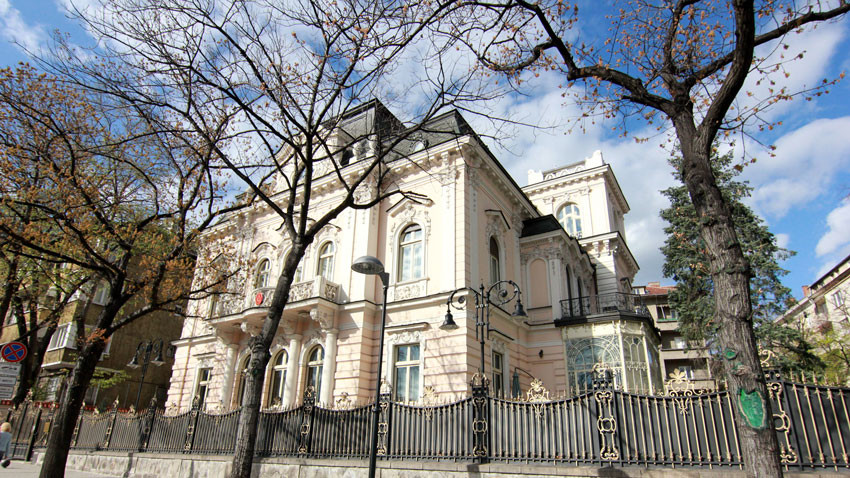
After World War II it became the embassy of China, and after the diplomats left it, different heirs to the family laid claim to the house and as they squabbled over it, it was left at the mercy of time and fell into disrepair. But in 2011 it was restored thanks to the discovery of its architectural blueprints. It is now a private club.
